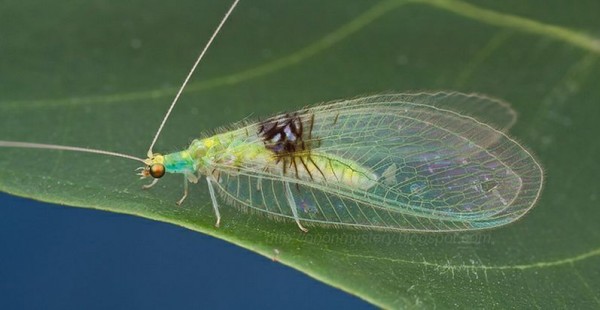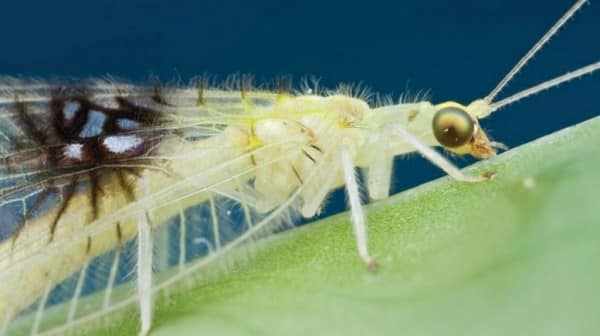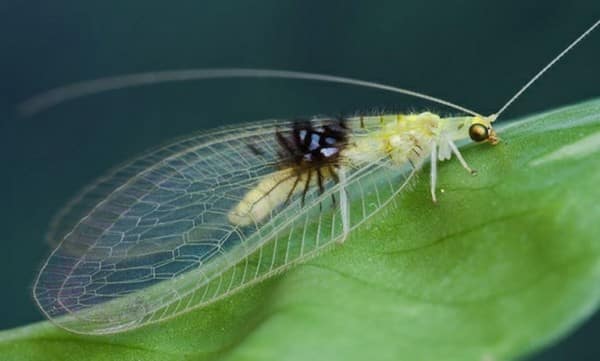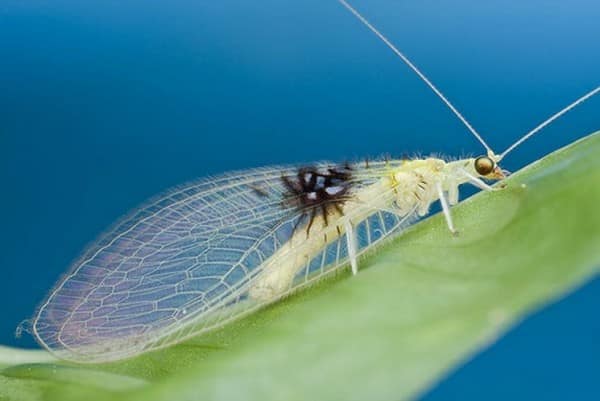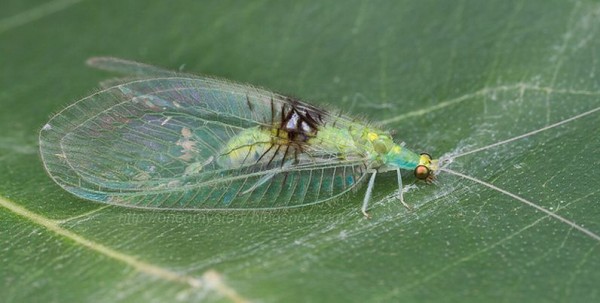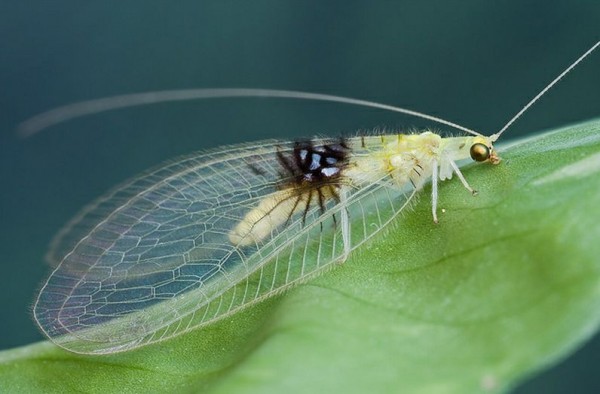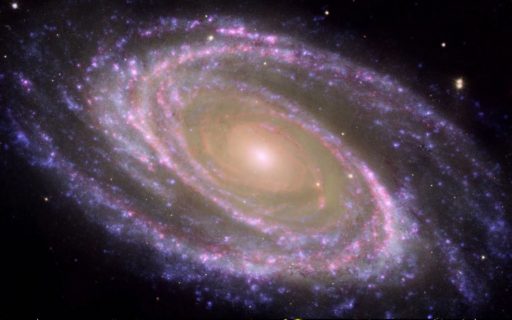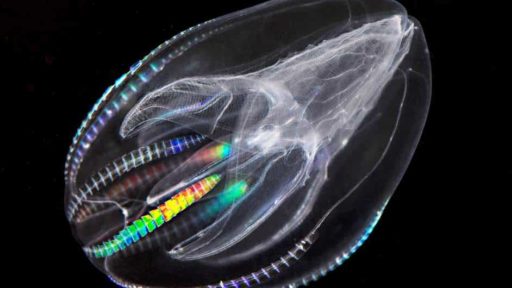Popular photo-sharing site Flickr has been one of the top photo storage and sharing sites for years now. But, helping a science discovery was unprecedented. According to a paper published in the journal ZooKeys, researchers have identified a previously unknown insect from a series of photos posted on Flickr.
One day in May of 2011, Dr. Shaun Winterton, a senior entomologist at the California Department of Food and Agriculture, was looking at pictures of bugs on the internet. Suddenly his eyes got stuck on a picture of bug posted in Flickr, seemingly unseen before. The insect seemed to be a Green Lacewing, but Dr. Winterton couldn’t say for sure. He knew this spices well, but found the network of black lines and a few flecks of blue on its wing to be unfamiliar. To be sure, he sent the image link to his few colleagues. But his colleagues also confirmed that they hadn’t seen this type of insect earlier. After the confirmation, Dr. Winterton firmly believed that this was a new type of insect.
Without any delay, Winterton emailed Guek Hock Ping. Guek Hock Ping (known as Kurt on Flickr) is the photographer who had noticed the insect while hiking the jungles of Malaysia, taken the photos of that insect and later posted the pictures of this unclassified Lacewing on Flickr. However, after getting the email, Ping again went to the region of the original sighting where he first saw the insect and captured images. This time, he found another Lacewing with the same wing pattern and picked it up, and brought it with him to his home.
One year later, Dr. Winterton received an email from Ping. In that email, Ping mentioned that he had got one specimen Green Lacewing in a container on his kitchen table. Later, that specimen Green Lacewing was sent to Steve Brooks. Steve Brooks is an entomologist at the Natural History Museum in London. After analyzing, Brooks confirmed that the lacewing was new to science.
The discoverers dubbed the new species as Semachrysa jade. This new spices Semachrysa jade was introduced to the world via ZooKeys, a scientific journal focused on biodiversity. In keeping with the digital nature of their discovery, Winterton, Guek and Brooks wrote the paper from three different continents using a Google document.
Discovering a new species is exciting enough but the unusual route of detection has caught the attention of the scientific community. The findings were published in the scientific journal ZooKeys, stating, “The incidental nature of this discovery is underscored by the fact that the species was initially photographed and then released, with images subsequently posted to an online image database. It was not until the images in the database were randomly examined by the professional taxonomists that it was determined that the species was in fact new. A subsequent specimen was collected at the same locality and is described herein along with another specimen identified from nearby Sabah.”
Dr. Shaun Winterton said, “There’s thousands of images a minute uploaded on Flickr. I think there are many more discoveries forthcoming, particularly as more people are getting out into the field.”
Source : Zookeys
Thanks To : Flickr, Mongabay
[ttjad keyword=”dslr-camera”]

